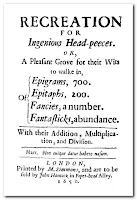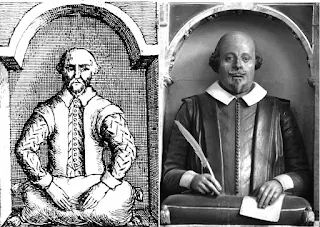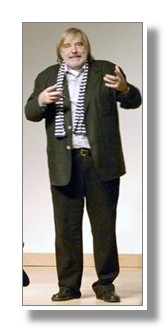In the year 1640, 2 nearly identical poems
"an(the) Hour-glasse" appeared
a) by an anonymous author (...the True Shakespeare!) and b) by Ben Jonson (...?)
_________________________________________________________________________
b)
_______________________________________________________________ An anonymous Poet in 1640/1641/1650 wrote a Collection of Epigrammes, Epitaphs a.o. entitled "Witte's Recreations" -
Epigram nr. 147/126 ("B.J. approbation of a copy of verses." 1640/1641, in sonnet form) is ambiguous and fully understandable only when you consider the Shakespeare Authorship Secret. In this Epigram the author is complaining about Ben Jonson. The author describes himself as a witty "gentleman" who once showed Ben Jonson some of his own verses of "a tragick sense".-
He calls Jonson a tacit accomplice in the handling of his partaker") since he [Jonson] clearly knew who wrote the lines ("he needs must know the maker"), but Jonson was unfair ("What unjust man he was") because he "advanced his rime" (Madrigal) as his own.- NO[Nay]! says the author, to gentle BEN, this poem was his, it belonged to the one who's held a pretty wit. A.) What do we know about these "verses of a tragick sense"? B.) Why was Jonson a "kind partaker of the sad lines"?The author most likely refers to the poem ("Madrigal", "On a Lovers dust made sand for an hour-glass). Ben Jonson at the very day of his departure January 19th-1619 after his visit in Edinburgh presented to the Poet William Drummond together with a hand-written dedication " ....I Ben Jonson (....) have with mine own Hand, to satisfy his request, written this Imperfect song." (Reference).______________ The "Houre-glass" Madrigal can best be explained as a veiled poetic Metaphor of the actual fate of Marlowe (alias Shake-speare). I see no other convincing interpretation ..-
|







































